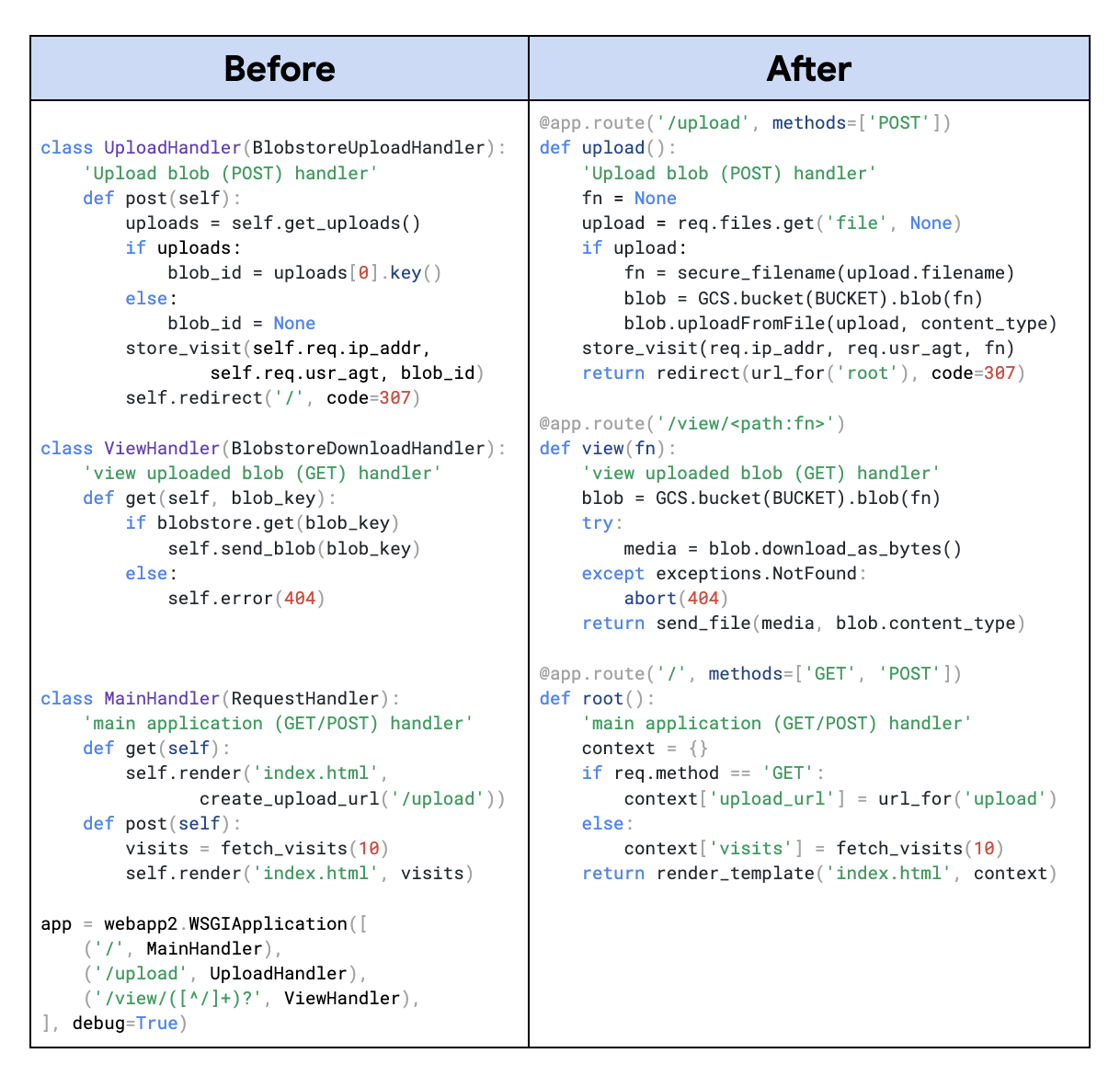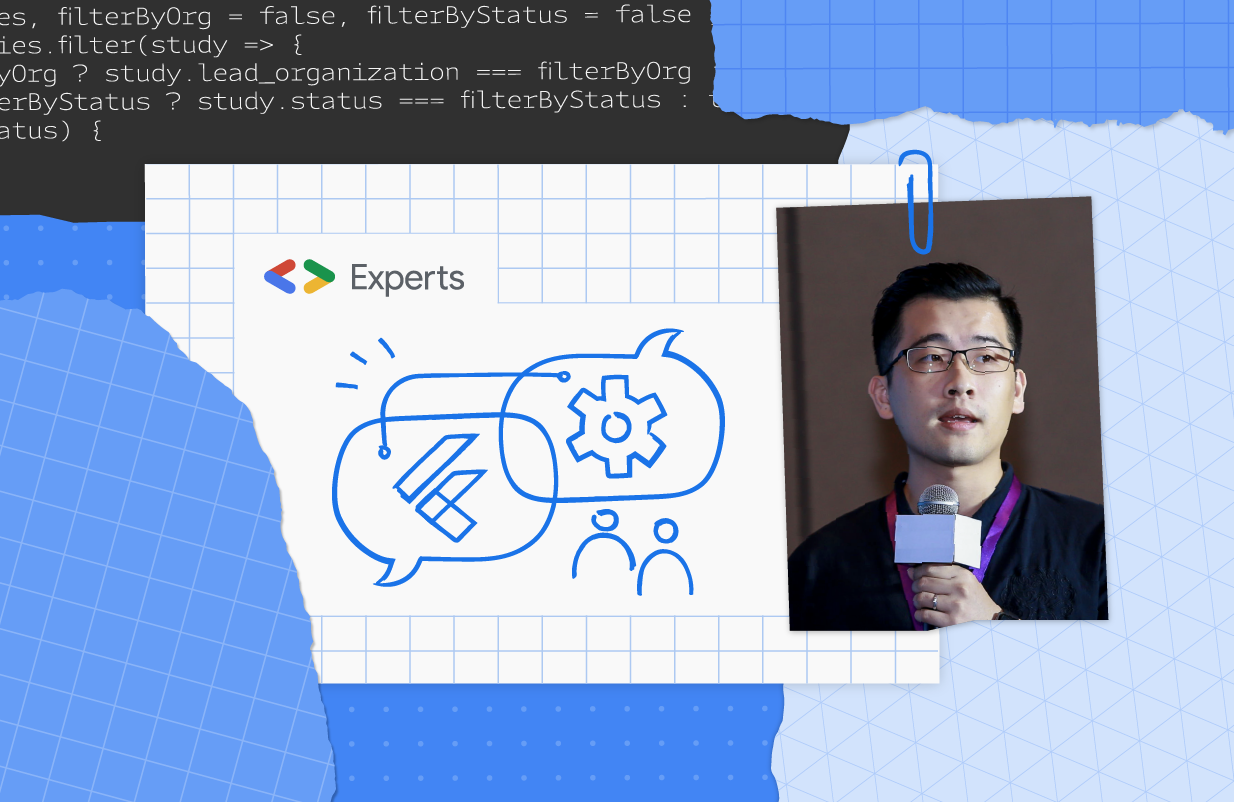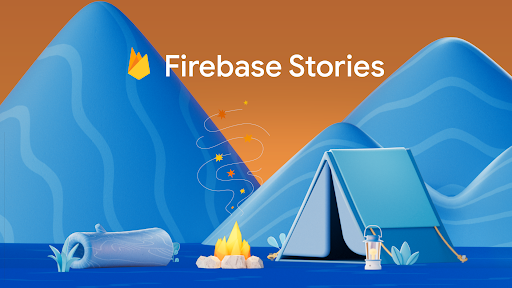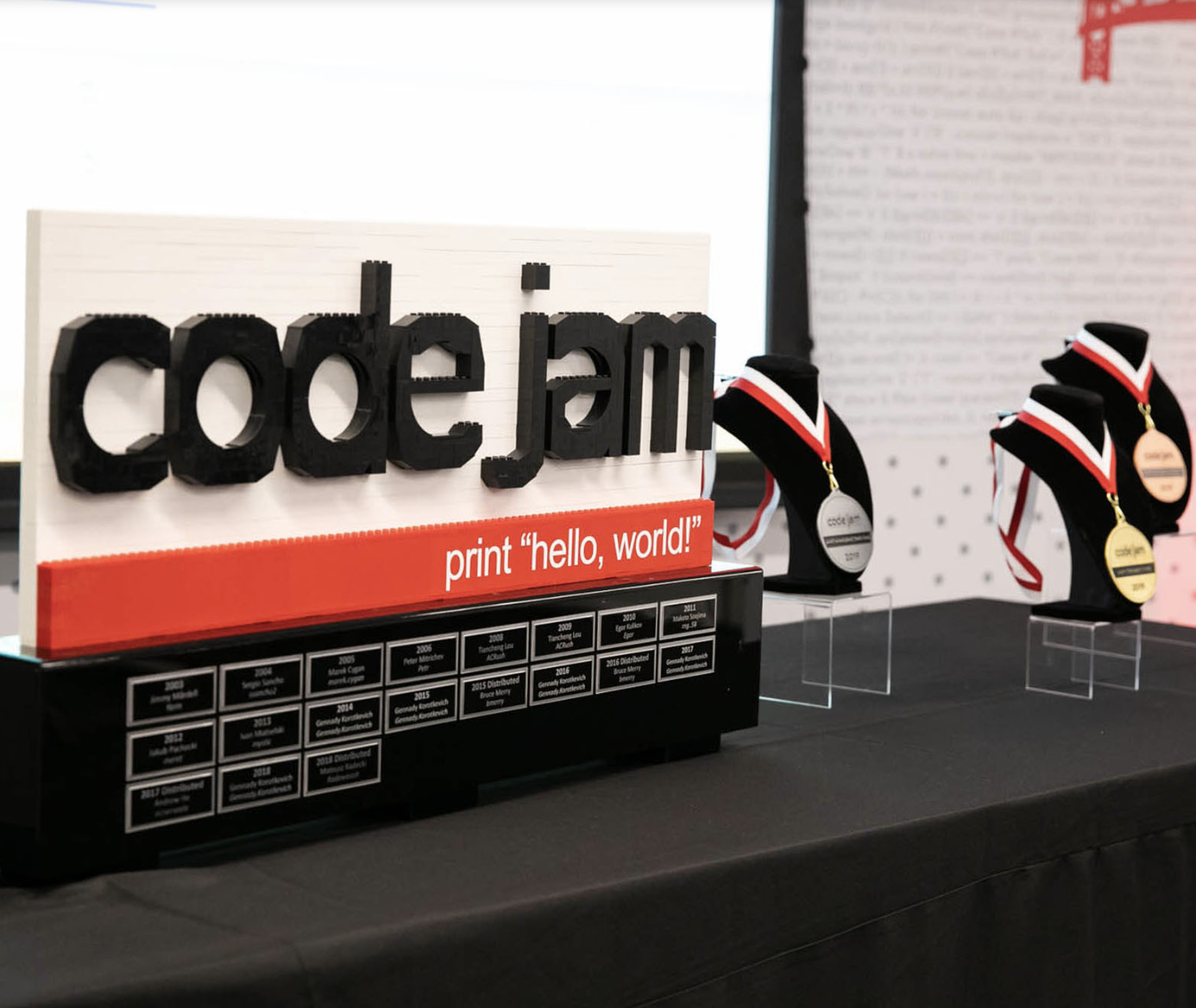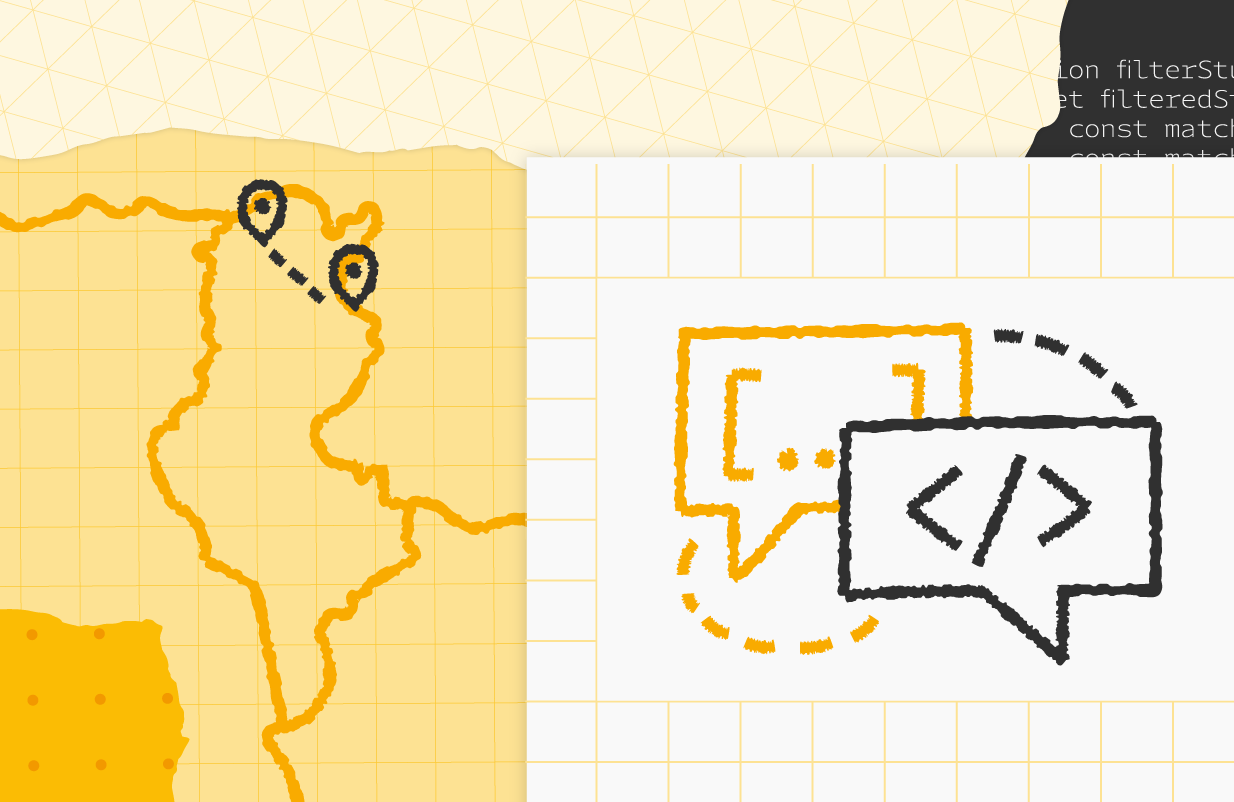
Posted by Salim Abid, Regional Lead. Middle East & North Africa, Google Developers
Training young Tunisian developers in remote areas
On weekends, the volunteers would travel for hours to new regions, sometimes on bumpy roads and on crowded, rickety buses. Their purpose? To inspire others around the country and teach them about new technologies. When the members of two Google Developer Groups (GDG) in the Beja and Sousse regions of Tunisia came together to address the challenge that many of their fellow Tunisian citizens had limited access to technology. They decided to make a difference by launching Randotek, a program in Tunisia to help train young developers that gets its name from the French word randonne, which means to hike.
Many community members from these chapters, including Alaedeen Eloueryemmi of GDG Sousse and Yasmina Rebai of GDG Beja, support the initiative. Alaedeen, a software engineer, joined GDG Sousse in 2021, after graduating from university, where he co-founded the ESSTHS Google Developer Student Club. Yasmina joined GDG Beja at the suggestions of a software engineer friend.
Sharing technology knowledge and building community
The origin story for GDG RandoTek goes back to January 2022, when Alaedeen gave a talk at DevFest Beja. During his talk, he and the other members of the GDG Beja and GDG Sousse teams noticed many students couldn't follow his talk because of their lack of familiarity with Google technologies. Acknowledging that many of their fellow Tunisian citizens need more access to technology, the GDG RandoTek volunteers began teaching workshops in February 2022.
“We wanted to give others an overview of the community and the new technologies out there,” says Alaedeen. “We want to build a strong community of developers and allow people to achieve their dreams. In Tunisia, people don’t always have access to courses or materials, so we bring that to them.”
Positive impacts for the community
To date, the program generated positive impacts, in Tunisia including:
- The organizers hosted nine sessions for over 412 developers in eight regions of Tunisia and five cities.
- The community initiative has run many four-hour workshops on Google technologies including Flutter; Go; Angular; progressive web apps; AI and machine learning; TensorFlow; Google Cloud Platform; and DevOps.
- Attendees expressed interest in learning more about specific technologies, like Flutter and Cloud, and in joining a GDG group.
- GDG RandoTek members continue to be asked to give additional workshops, online and in-person, making it a powerful learning experience for them as well.
Building a tech community in Tunisia
The GDG RandoTek organizers note that as more young developers receive training on various technologies, they will feel inspired to form new developer communities in their own local area. The more of those types of groups there are, the easier it will be to reach even more people in Tunisia. “That’s what we want to spread in Tunisia–to have more than one GDSC in every region, and more than one chapter in every place,” says Yasmina. The RandoTek team remains motivated to share knowledge and expand the community with new members.
“What we wanted to do during this program is to share the knowledge,” says Alaedeen. “Share the spirit of community work and get together and learn stuff.” The organizers all seem to share a mutual admiration for helping others. “Seeing how the world evolves each day and the need for technologies in our daily life, I would advise anyone, especially students, to learn as much technology as possible because they’re going to use them someday, somehow,” Yasmina says.
What’s next for GDG RandoTek in Tunisia
For organizers like Aladeen, Yasmina, and their collaborators, the GDG community unlocks potential, creates leaders, and helps people relate to each other through technology. It creates a way to motivate others to become teachers and share technical knowledge and build skills.
“For me, if it wasn’t for GDG, I wouldn’t be the person I am today,” says Alaedeen. “It improved my career, my management skills, and my technical skills, and I want everyone to have that opportunity.”
Visit the Google Developer Groups page and find out how to join a Google Developer Community near you!

.jpg)






